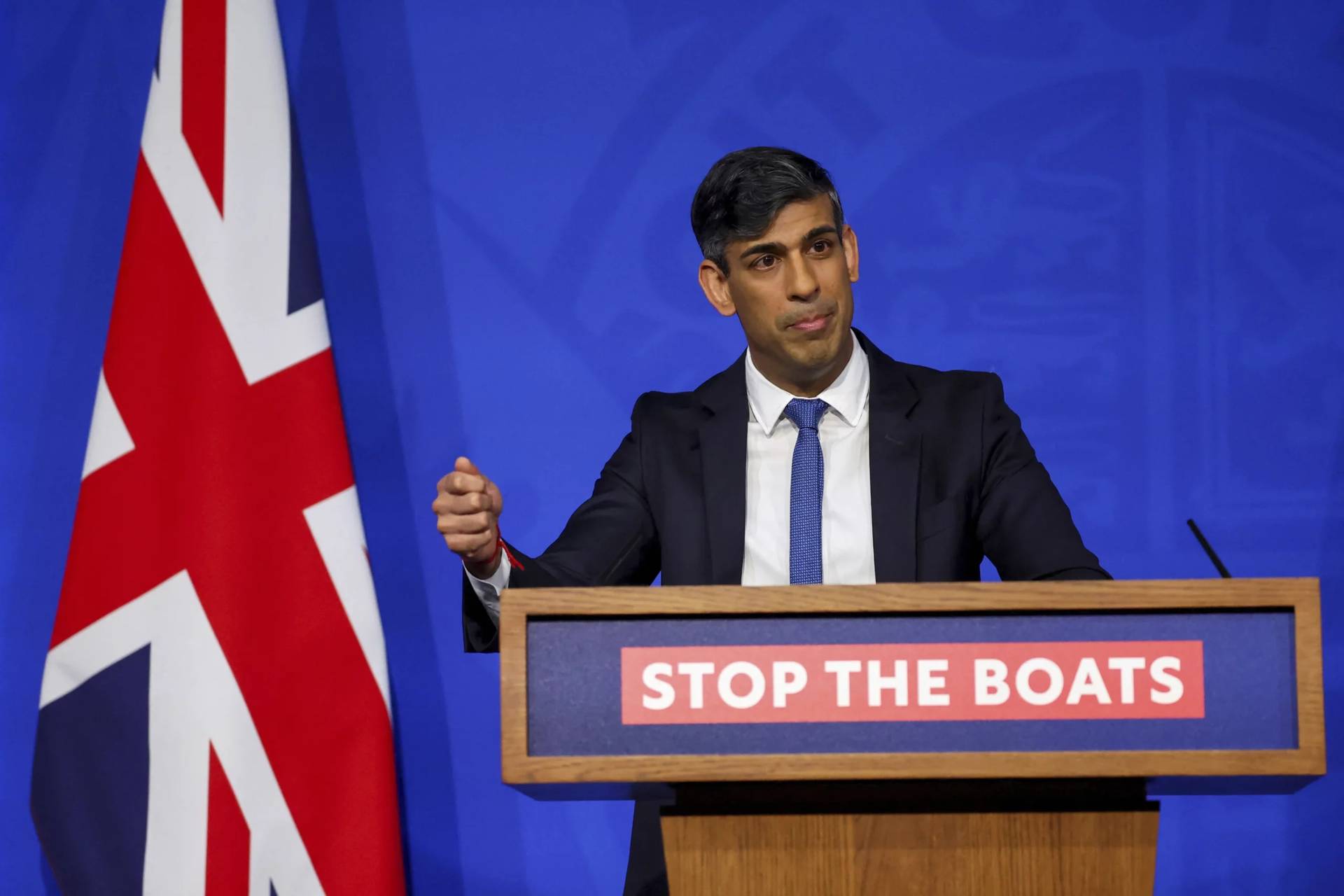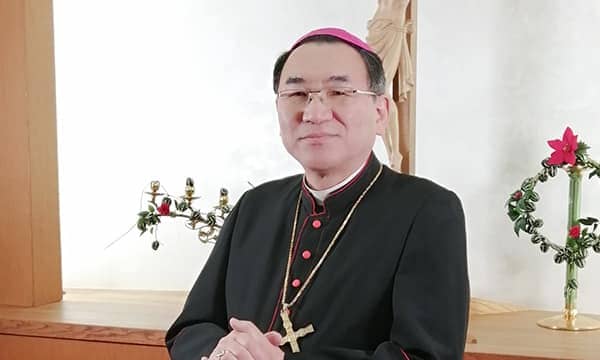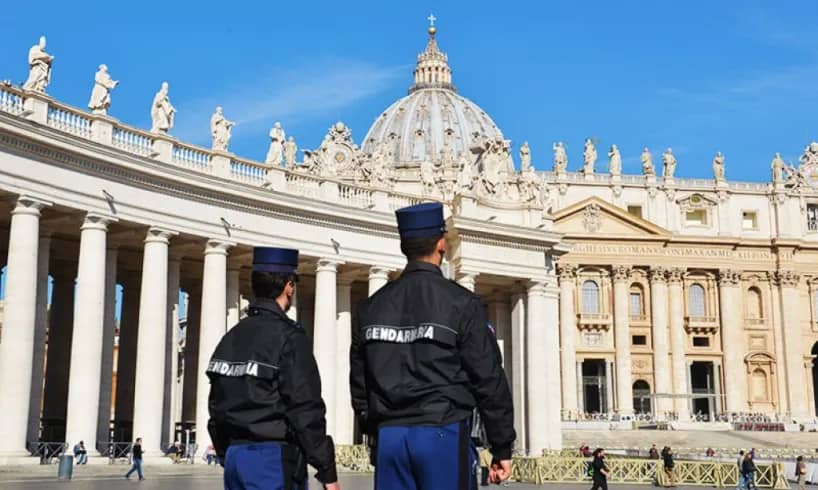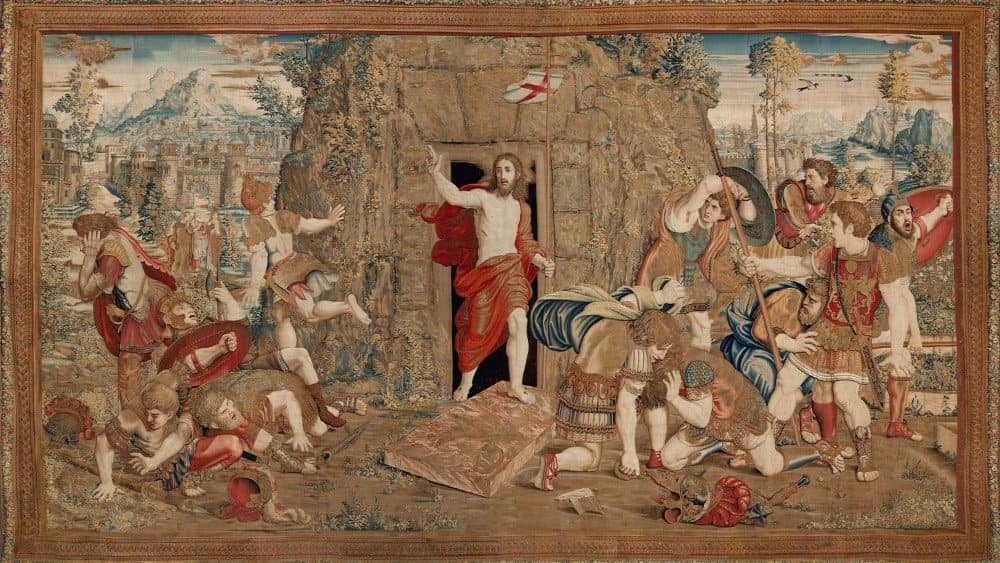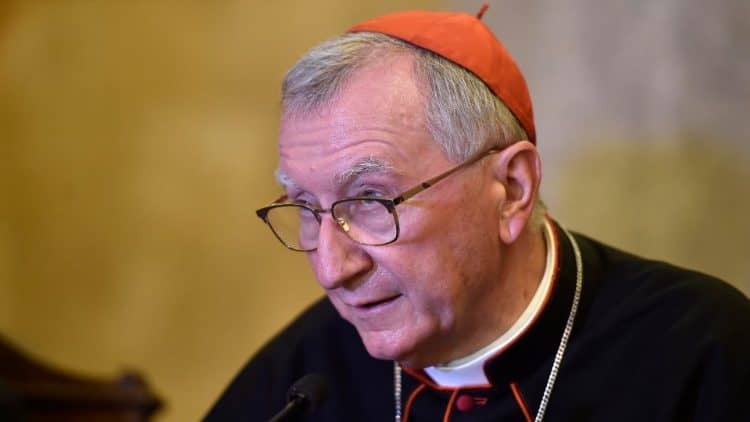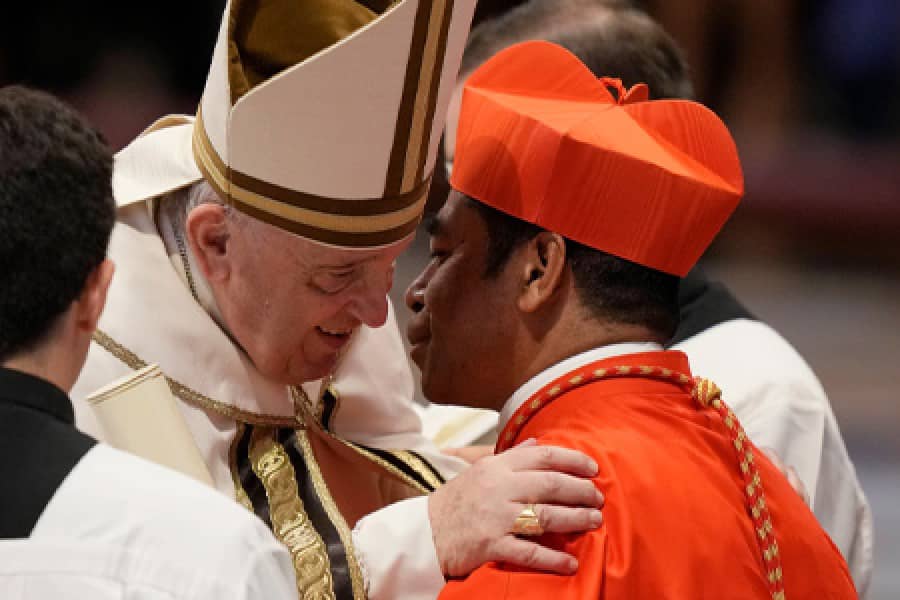ROME — Pope Francis will travel to Sarajevo for a one-day trip on June 6, part of an emerging pattern of trips by the pontiff to former conflict zones, following similar outings to Albania last year and Sri Lanka in January.
The capital city of Bosnia and Herzegovina, once known as the “Jerusalem of Europe” for its religious diversity, was also the scene of fierce urban combat as part of the 1990s-era Bosnian War.
The trip was announced by the pope during his weekly Angelus prayer in St. Peter’s Square Sunday.
Francis asked the faithful gathered in Rome to start praying for the visit to Sarajevo, so that the trip would serve as an “encouragement to Catholics” and raise “ferments of good.”
“Pray for the trip,” Francis said, “so it contributes to the consolidation of fraternity and peace, inter-religious dialogue, and friendship.”
The Argentinian pontiff has made inter-religious dialogue a key factor during most of his international trips. Meetings with Orthodox Patriarch Bartholomew I were the principal official reasons for his visits to the Holy Land last May and to Turkey in November.
The last pope to visit Bosnia and Herzegovina was Pope St. John Paul II, who went there twice. The first visit was in April of 1997, 14 months after the end of the three-year Bosnian War (April 1992-December 1995). In 2003, he returned to Bosnia and visited the country’s autonomous Serb Republic.
The war took the life of more than 100,000 people and trapped Sarajevo in the longest siege in the history of modern warfare: 1,425 days.
Thousands of people, including Muslim Bosnians and Catholic Croats, were taken to concentration camps as part of the Serb efforts in 1992 to drive out non-Serbs.
During his two-day trip in 1997, John Paul II delivered a message of peace and reconciliation that still resonates today in the streets of Sarajevo.
“When in 1994 I wanted so intensely to come here among you,” said John Paul II in Serbo-Croatian, “I referred to a thought that had come to be extraordinarily significant at a crucial moment of European history: Let us forgive, and let us ask for forgiveness. It was said then that the time was not yet right. Has not that time now come?”
In 2014, a 10-foot statue of the late pontiff was placed in front of the central Catholic Cathedral in Sarajevo. During its unveiling, Bakir Izetbegovic, the Muslim Bosniak member of the country’s presidency, said, “during the war, the Pope’s messages were felt as the messages of hope in the whole of Bosnia, and especially in Sarajevo.”
Sarajevo will be Francis’ third one-day foray outside of Italy, after his visit to Albania in August and the French city of Strasburg last November to address the European Parliament and the Council of Europe.
Barring any other trips between now and then not yet unannounced, it will be the eighth international trip for Francis, who just wrapped up a week-long visit to Asia with stops in Sri Lanka and the Philippines.
The only other international trip with a set date for Pope Francis will be his visit to the United States, scheduled for late September.
On his return flight from the Philippines, Francis announced that he’ll go to Washington DC, where he’s been invited to address a joint session of Congress, to New York to speak before the United Nations General Assembly, and to Philadelphia to participate in the Vatican-sponsored World Meeting of Families.
Before the year is over, Francis will do a small tour through Latin America, expected for the first half of the year, with confirmed visits to Bolivia, Ecuador, and Paraguay.
During the plane ride back from the Philippines, the pontiff also said he plans to visit two African countries before the end of the year, mentioning Uganda and the Central African Republic.








